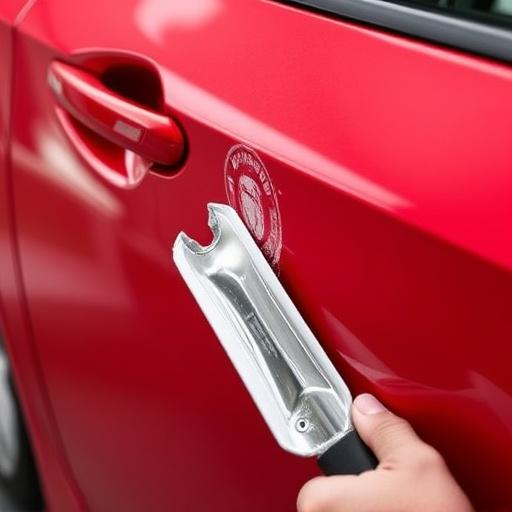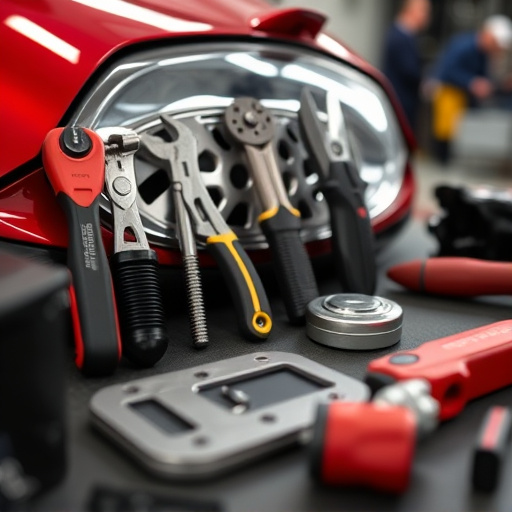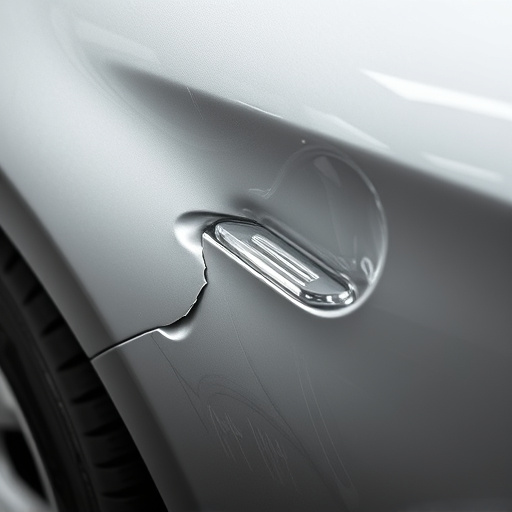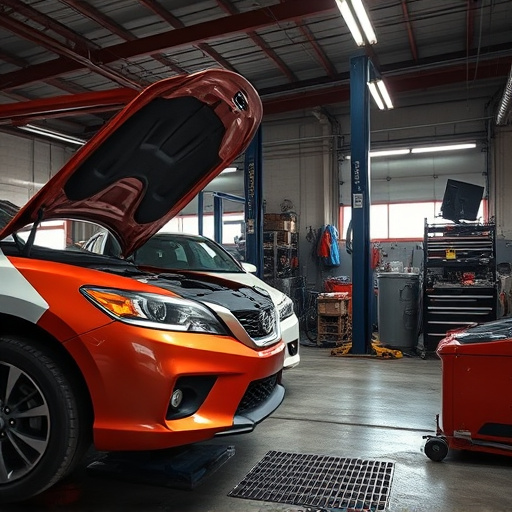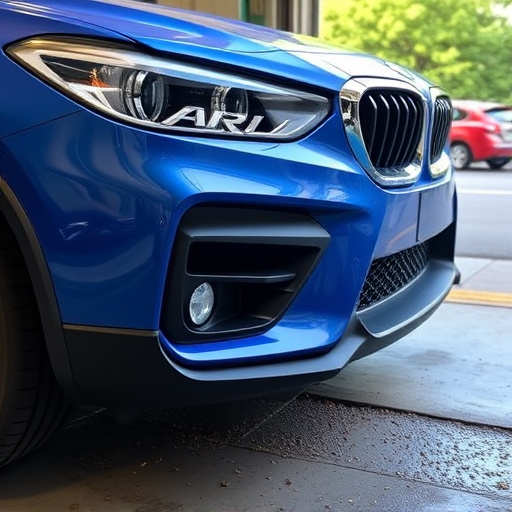After a crash, thoroughly inspect electrical components, especially batteries. Visually examine for damage and promptly evaluate needs for battery replacement. Prioritize safety when handling damaged batteries, consulting professionals if unsure. Regular post-crash inspections prevent future electrical failures, ensuring vehicle reliability. Battery replacement is crucial for maintaining safety and performance after collisions.
After a vehicle crash, assessing electrical systems is crucial for safety. This guide outlines how to prevent electrical failure post-crash, focusing on essential components like the battery. We’ll walk you through identifying affected areas, providing tips for safe battery replacement, and performing post-crash checks to ensure your vehicle’s readiness and your well-being. Remember, a timely focus on these aspects can save you from costly repairs and potential hazards, especially when considering battery replacement after crash incidents.
- Assess Crash Damage: Identify Electrical Components Affected
- Battery Replacement After Crash: Safety Precautions and Tips
- Post-Crash Checks: Ensuring Safe Re-entry and Future Prevention
Assess Crash Damage: Identify Electrical Components Affected

After a crash, it’s crucial to thoroughly assess the damage to your vehicle, especially when it comes to electrical components. Start by inspecting the exterior for any visible signs of impact or deformation around lights, mirrors, and other electrical fixtures. Look for cracks or breaks in wires, as these are clear indicators that further evaluation is needed. Many electrical failures after a crash are often linked to damaged batteries, so checking their condition should be a priority during your assessment.
Identifying affected components early on can help owners of car repair services and hail damage repair specialists pinpoint potential issues more effectively. If you suspect any internal electrical systems may have been compromised, it’s best to consult with professionals who offer car body repair services. They can provide expert advice and perform diagnostic tests to ensure that no underlying problems go unnoticed, including those related to batteries replacement after crash incidents.
Battery Replacement After Crash: Safety Precautions and Tips

After a crash, one of the critical steps in preventing electrical failure is promptly evaluating and potentially replacing your vehicle’s battery. While it might seem like a simple task, handling a damaged battery requires safety precautions due to the risk of electrical shocks or leaks of corrosive substances.
Before attempting any battery replacement, ensure the vehicle is parked in a safe location away from flammable materials. Wear protective gear, including gloves and safety glasses. If you’re unsure about the process or notice any signs of damage beyond a simple dent (requiring vehicle bodywork repair), it’s best to consult a professional mechanic. They can properly dispose of the old battery and install a new one, ensuring it’s compatible with your vehicle and correctly wired for optimal performance. Remember, a well-maintained battery is key to preventing future electrical failures, especially after a crash where other damage might also occur, necessitating car paint repair alongside vehicle dent repair.
Post-Crash Checks: Ensuring Safe Re-entry and Future Prevention

After a crash, conducting thorough post-crash checks is vital for ensuring safe re-entry into your vehicle and preventing future electrical failures. Start by inspecting all exterior panels and doors for any signs of damage or misalignment. Even what appears to be minor cosmetic dents can compromise structural integrity and potentially affect the car’s electrical system. Consider using paintless dent repair techniques if feasible, as this non-invasive method can effectively restore fender bender damage without impacting the vehicle’s overall value.
Pay special attention to the battery, which is a critical component that often suffers during collisions. A battery replacement after a crash may be necessary even if it appears functional. The shock and vibrations experienced during a car accident can weaken connections or cause internal damage, making it more susceptible to future failures. Regularly checking the battery’s condition post-crash and replacing it as needed is an effective preventive measure that ensures your vehicle remains safe and reliable on the road.
After a vehicle crash, proper handling of electrical systems is crucial for safety. By thoroughly assessing crash damage and identifying affected components, you can take proactive steps. Battery replacement after a crash is often essential, but it requires careful safety precautions to avoid further issues. Regular post-crash checks ensure a safe re-entry into the vehicle and help prevent future electrical failures. Remember, quick action and expert advice are key to mitigating risks associated with crash damage, especially focusing on crucial systems like batteries.



